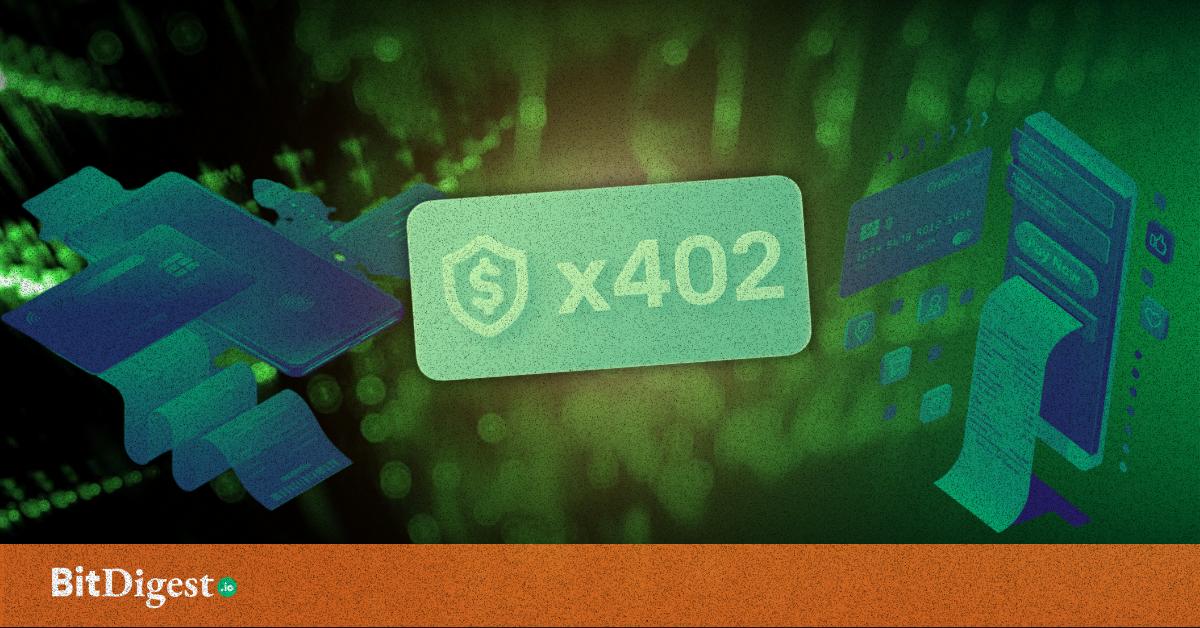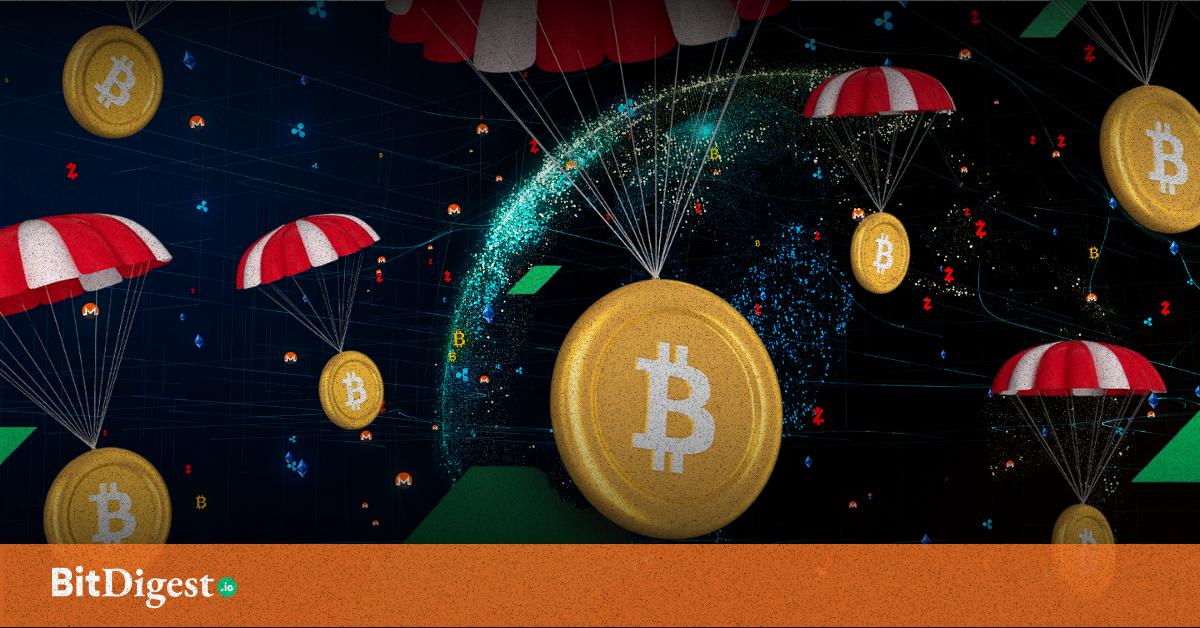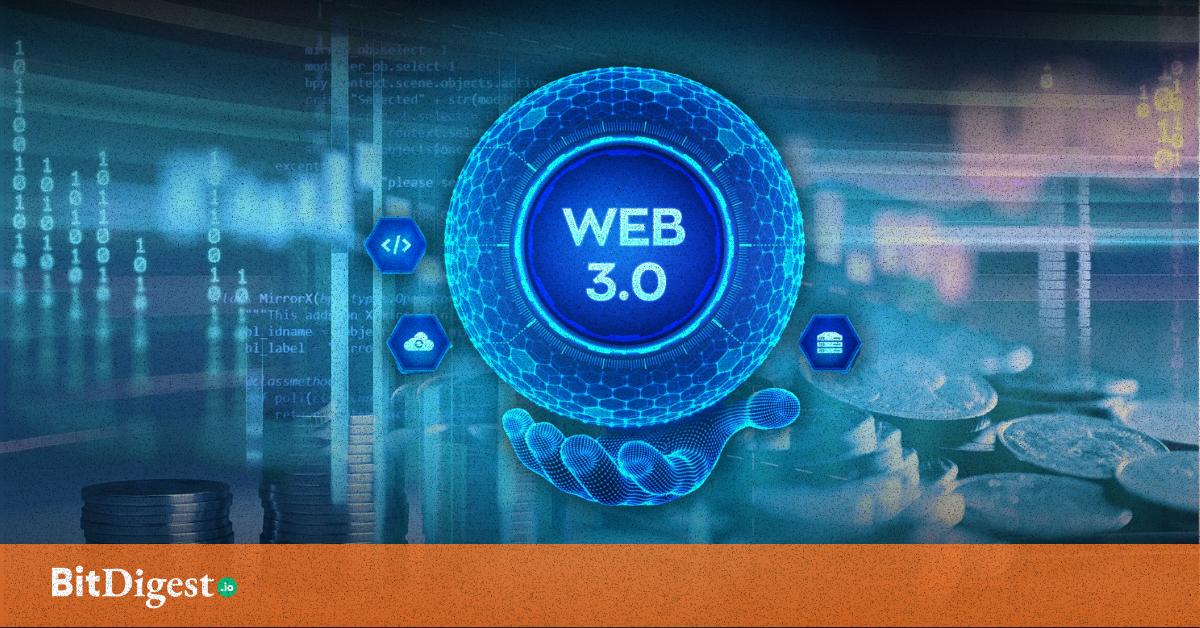x402 and the Rise of Autonomous Crypto Payments
From backend protocol to market narrative, x402 is becoming the foundation for a new wave of Web3 monetization with some platforms already ahead of the curve.
For decades, the internet’s payment model has relied on outdated systems—monthly subscriptions, credit card processing, and account-based access. But with the rapid convergence of Web3 infrastructure and artificial intelligence, a shift is underway. The new model prioritizes instant, permissionless microtransactions that serve both users and machine agents. At the center of this change is x402, a crypto-native protocol enabling direct, pay-per-use payments using stablecoins like USDC—no accounts, no subscriptions, no friction.
The protocol’s name is derived from the long-unused HTTP status code 402, which stands for “Payment Required.” Left undefined since 1997, the code has now become the foundation for what could be the internet’s missing payment layer, finally activated in an era where on-demand, machine-to-machine commerce is not just viable, but necessary.
Why x402 Is Gaining Ground Now
Several converging forces are responsible. First, AI agents are moving from passive tools to autonomous actors, requiring infrastructure that allows them to transact directly. Second, stablecoins have matured—USDC alone processed more than $2 trillion in transaction volume in 2024—making micro-payments both feasible and scalable. Third, major infrastructure players such as Cloudflare, Visa, and Google have begun integrating or testing x402 compatibility, further legitimizing the protocol.
PING and the Protocol’s Tipping Point
The x402 protocol gained wider visibility in late October 2025, when a token called PING used it as its launch mechanism. The token’s debut was an inflection point. More than 17,000 wallets participated within days, and x402 transaction volume spiked by over 10,000 percent. The success of the launch demonstrated that x402 wasn’t just a theoretical concept—it was production-ready and capable of scaling for real-world applications.
This momentum immediately shifted attention to platforms capable of supporting x402 assets. Among those already prepared was OKX, a multi-chain aggregator and infrastructure provider. OKX had quietly built out support for x402 tokens across networks like Base, Solana, and Polygon—allowing users to access emerging tokens before they reached centralized exchanges. It also offered seamless cross-chain swaps and tools for liquidity provisioning, yield farming, and wallet integration. In short, when the market began to care about x402, OKX gave it somewhere to go.
From Developers to Traders: A Broader Audience
Initially built with developers in mind, x402’s impact now extends across different user profiles. Developers can now avoid expensive monthly API fees by paying only for what they use. Smart contracts and AI agents can transact autonomously, without relying on user interfaces or intermediaries. In emerging markets, builders without access to traditional financial rails can pay for services directly using USDC or other stablecoins.
But the significance of x402 goes beyond convenience. As more Layer 2 networks move to support x402 and real applications continue to grow, the protocol is positioning itself as foundational infrastructure; an invisible yet essential layer enabling autonomous payments at web scale. Where the old internet required logins and subscriptions, the new one may only require a wallet and a prompt.
Looking Ahead: Standardizing the Autonomous Web
The integration of platforms like OKX into this landscape is critical. By abstracting away network complexity and offering ready-to-use access points for traders, developers, and institutions, they’re helping transform a technical protocol into a functional ecosystem. This means traders aren’t just speculating on token trends—they’re participating in the future of how the internet might handle value exchange.
x402 is still early in its evolution, but the trajectory is clear. It represents a new phase for crypto; not just as an asset class, but as infrastructure. And in that emerging stack, the protocol that helps AI agents pay for data, smart contracts settle fees on-demand, and developers monetize APIs by the millisecond may prove to be among the most foundational of all.
.svg)


.svg) SHARE TO FACEBOOK
SHARE TO FACEBOOK SHARE TO TWITTER/X
SHARE TO TWITTER/X SHARE TO LINKEDIN
SHARE TO LINKEDIN SEND TO MAIL
SEND TO MAIL





.svg)


.svg)